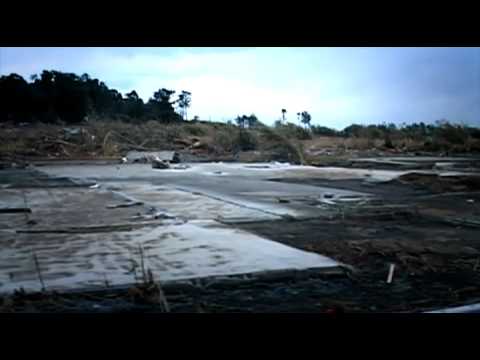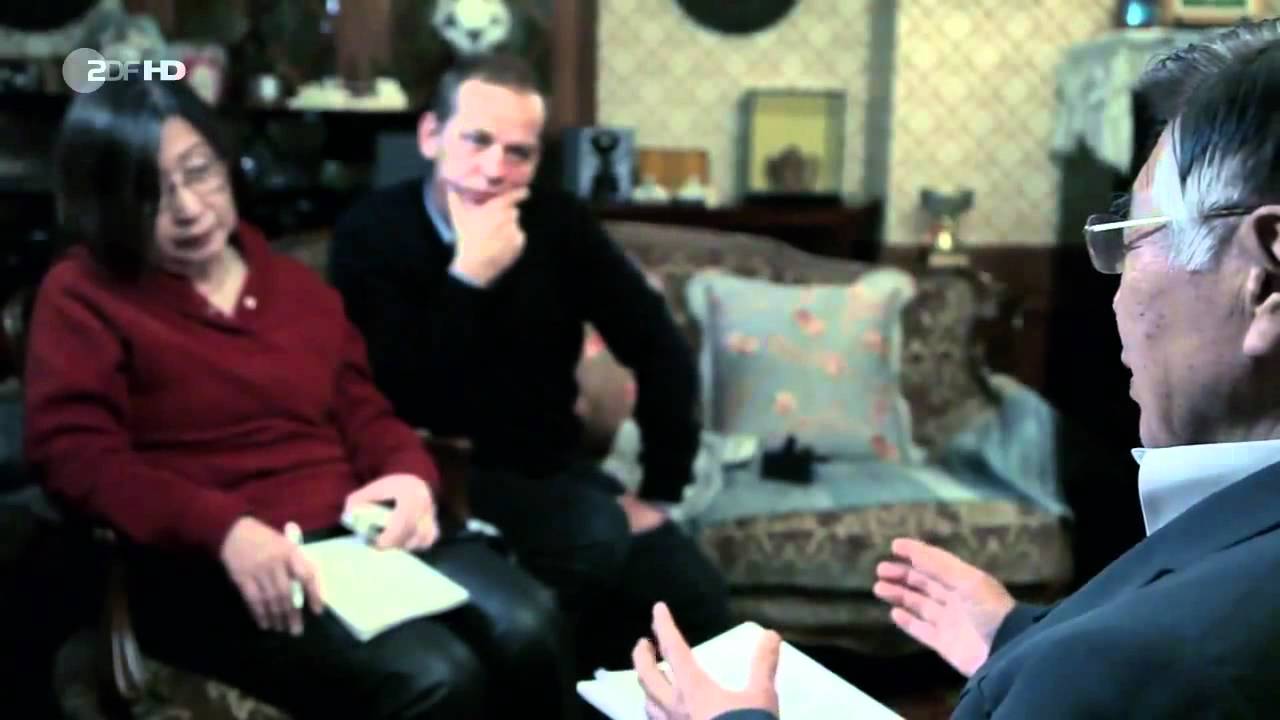Between 2012 and 2014 we posted a number of articles on contemporary affairs without giving them volume and issue numbers or dates. Often the date can be determined from internal evidence in the article, but sometimes not. We have decided retrospectively to list all of them as Volume 12 Number 30 with a date of 2012 with the understanding that all were published between 2012 and 2014.
Paul Jobin
Last month, many TV channels around the world broadcast special reports on the nuclear crisis of March 2011. Among these, BBC’s “Inside the Meltdown” and German TV channel ZDF’s “Die Fukushima-Lüge” (The Fukushima lie) deserve special mention, as they both drew significant attention on the Japanese web.[i]
Warning: if you are not in a good mood, these are not the best documentaries to look at. You will be faced with the fact that the scenario of a nuclear Apocalypse was not only our biggest fear last year, but could still be ahead of us. So better to have a drink and relax, and look at it as if it was some sort of disaster movie for entertainment. Indeed, they do share some tricks of those sorts of documentaries: the rather dramatic tone of the music and the voiceover keep up the suspense. Beyond these clichés, they are worth watching.
Both movies provide specific interviews with former Prime Minister Kan Naoto. These are not the sole accounts given by Kan, as a good one has already been presented by Jeff Kington’s article for Japan Focus.[ii] But these are vivid testimonies by Kan himself who did his best to contain the disaster, and later became a scapegoat of TEPCO, NISA and the nuclear village at large (i.e. not only in Japan, but also abroad).
For the ZDF documentary, the production team met with the witnesses of the path to “Katastrophe”, like former Fukushima Governor Satô Eisaku, or Kei Sugaoka, a former American GE employee of Japanese descent, who had whistle-blown many times about TEPCO’s wretched practices regarding safety measures (like cracking on the reactor’s vessel). Both Satô and Sugaoka have already given many interviews.[iii]
More original is the testimony of another former nuclear engineer, named Naka Yukiteru, who used to own a medium size company based in Tomioka (between Fukushima Daiichi and Daini). Like Sugaoka, he says that he had tried many times to alert TEPCO on important safety issues, but TEPCO’s priority was cost saving and profits.[iv] And like Koide Hiroaki,[v] Mr Naka is still very worried about the current state of the cooling pool at reactor number 4: if another big shock were to occur, then the 1300 used fuel rods could melt-down, then TEPCO might lose control of the whole site, which could mean an “Apocalyptic scenario” for Japan.[vi]
According to the famous seismologist Shimamura Hideki, that risk would be 75% likely to occur within 4 years.[vii] And so far, TEPCO has not reinforced significantly the resistance of the buildings.[viii] So the journalist from ZDF asked a TEPCO engineer: “Even, when the building was intact last year, it did not resist the quake, so what will happen if another one occurs?”[ix]
TEPCO: “We have conducted further seismic tests, not only at reactor number 4 but on the whole site, and the results showed no problem.”
ZDF: “But seismologists said the plant could not resist a shock of 4000 gals. (…) So how can you be so sure?”
TEPCO: “Is that another survey? I can’t say anything about it.”[x]
A close-up of the man’s hands shows his anxiety.
ZDF: “Do you think that you are ready to operate nuclear plants in Japan again?” After a long hesitation, the man whispers with a forlorn gesture: “That’s difficult to answer!”[xi]
Footnotes:
[i] Both were later reproduced with Japanese subtitles. BBC got around 130,000 readers for the release of the original version in English on YouTube: http://www.youtube.com/watch?v=dP8XE20fbX0, though much fewer for the Japanese version: http://www.youtube.com/watch?v=75aqenvbfI8
While ZDF had more than 240,000 hits for its Japanese version on Dailymotion: http://www.dailymotion.com/video/xpisys_yyyzdf-yyyyyyy_news?start=10#from=embed
And around 45000 on YouTube: http://www.youtube.com/watch?v=mKPpLpam6P0
A Japanese blogger even made a full transcription of the Japanese subtitles: http://kingo999.blog.fc2.com/blog-entry-546.html
[ii] Jeff Kingston, ‘Mismanaging Risk and the Fukushima Nuclear Crisis,’ The Asia-Pacific Journal, Vol 10, Issue 12, No 4, March 19, 2012. http://www.japanfocus.org/-Jeff-Kingston
[iii] For Sugaoka, see in particular: http://www.baycitizen.org/disasters/story/inside-japans-failing-nuclear-reactors/ And : http://www.youtube.com/watch?v=fBjiLaVOsI4
[iv] 何年も前から原発の安全性における重大な欠陥について注意を喚起してきた。しかし、誰も耳を貸そうとしなかった: 「私の話を聞いてくれた人はほんのわずかな有識者だけで。(…) 彼らの哲学は、経済性優先です。」
[v] See Japan Focus previous hot: Fukushima Fuel Pools and Ongoing Dangers: http://www.japanfocus.org/events/view/134
[vi] ZDF :「今原発は安全なのですか?」ナカさん:「そう東電と政府は言っていますが、働いている職員はそんなことは思っていません。とても危険な状態です。私が一番心配しているのは4号機です。この建物は地震でかなり損傷しているだけでなく、この4階にある使用済み燃料プールには約1300の使用済み燃料が冷却されています。その上の階には新しい燃料棒が保管されていて、非常に重い機械類が置いてあります。なにもかもとても重いのです。もう一度大地震が来れば、建物は崩壊してしまうはずです。そういうことになれば、また新たな臨界が起こるでしょう。」このような臨界が青空の下で起これば日本にとって致命的なものとなるだろう。放射能はすぐに致死量に達し、原発サイトで働くことは不可能となる。そうすれば高い確率で、第1、2、3、 5、 6号機もすべてが抑制できなくなり、まさにこの世の終わりとなってしまうだろう。東京で著名な地震学者の島村英紀氏に会った。2月に東大地震研が地震予知を発表したが、それによれば75%の確率で4年以内に。首都を直下型地震が襲うと予測されている。Mr Naka’s appreciation is also congruent with the view of IRSN’ risk manager. See Paul Jobin, ‘Fukushima One Year On: Nuclear workers and citizens at risk,’ The Asia-Pacific Journal, Vol 10, Issue 13, No 2, March 26, 2012. http://www.japanfocus.org/-Paul-Jobin/3729
[vii] 東京で著名な地震学者の島村英紀氏に会った。2月に東大地震研が地震予知を発表したが、それによれば75%の確率で4年以内に、首都を直下型地震が襲うと予測されている。
[viii] 島村英紀:「これが原発の設計計算です。将来加速度300~450ガルの地震が来ることを想定しています。そして高確率で発生しないだろう地震として600ガルまでを想定していますが、この大きさに耐えられる設計は原子炉の格納容器だけで、原発のほかの構造はそれだけの耐震設計がされていないのです。しかし私たちの調査では、最近の地震の加速度がなんと、4000ガルまで達したことがわかっています。想定されている値よりずっと高いのです。」
[ix] – 東電・白井氏:「4号機の使用済み燃料プールには夥しい量の使用済み燃料が入っています。これをすべて安全に保つためには、燃料プールの増強が必要です。燃料プールのある階の真下に、新しい梁をつけました。」
– ZDF:「原発はほとんど破壊したといってもいいわけですが、原発が健在だった1年前ですら大地震に耐えられなかった構造で、どうやって次の地震に備えるつもりなのでしょうか?」
– 東電・白井氏:「我々は耐震調査を4号機に限らず全体で行いました。その結果、問題ないという判断が出ています。」
[x] ZDF :「地震学者たちは4000ガルまでの地震加速度が測定されていて。これだけの地震に耐えられるだけの原発構造はないと言っています。半壊状態のフクシマの原発の真下でそのような地震が来ても。全壊することはないと、なぜ確信がもてるのですか?」
東電・白井氏:「その4000ガルという計算は別の調査ではないでしょうか。それに関しては、私は何とも言いかねます。」
[xi] ZDF:「原発を日本で稼動させるだけの心構えが、東電にできているとお考えですか?」東電・白井氏:「それは答えるのが難しいですね。」
Asia-Pacific Journal articles on similar topics:
Peter Hayes, Global Perspectives on Nuclear Safety and Security After 3-11
Miguel Quintana, Radiation Decontamination in Fukushima: a critical perspective from the ground
Paul Jobin, Fukushima One Year On: Nuclear workers and citizens at risk






